Transistors are all around us - they are the foundational element of every computational event taking place in the world at any given moment - but what exactly are they? How have have they evolved over time? Our newest field guide walks you through the basics!
"Field Guide to Transistors" is the fifth installment of our Electronics Foundations poster series. The guide explores what transistors are, their history and their future. The high-resolution poster is designed to download, print (24"x36") and post as a helpful reference. it is great for the classroom, office space or, if you're like us, your home. Fill in the form below and we will send you a link to the poster. Be sure to also check out our Transistors Tutorial.
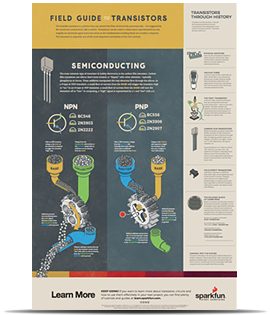
Let us know what you think in the comments below
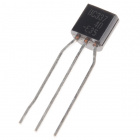
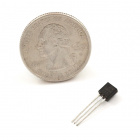
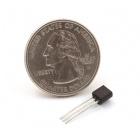
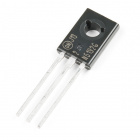






There doesn't seem to be a tag associated with the field guides/posters, here are previous ones I've found:
and non-poster field guides:
In addition to the flowing voltage complaints, the troubling term "carbon film transistor" appears multiple times. That's a new one I haven't heard of. "Bipolar junction transistor" is the correct term here.
Agreed. Somehow got transistors and resistors mixed up? To me, it looks like there was very little (no?) peer review of this poster before releasing it. That is not so great, especially when people see Sparkfun as a trustworthy/authoritative source.
But, we are all human. Oversights and mistakes happen. Definitely suggest fixing it up though!
Thanks Tim! Yes - our engineers are definitely taking another look - we will update the poster soon. We appreciate the feedback as we always do our best to put great content into the world.
Students all over the world are going to get worse grades, then teachers like me will have to help them correct their models of "flowing voltage." If voltage "flowed" then you'd measure it with a connection like an ammeter has. If voltage was "at the base" then a voltmeter would need only one lead, not two. "But you told me SparkFun had useful guides!" "I did, and now I'm a bit sorry. Not every guide there is good."
I signed up for pdf and didnt get email :(
Hello,
I think the graphics are very nice, though I must say I'm not sure exactly sure what's going on in the PNP drawing. There's a rod going through the gear? What am I missing?
On another note, I think it's dangerous (especially to beginners) to suggest that voltage is a "moving or flowing quantity".
"Voltage from the COLLECTOR will not flow to the EMITTER unless there is sufficient current flowing from the BASE."
"With a PNP transistor, voltage from the EMITTER will naturally flow to the collector unless there is sufficient current flowing from the BASE."
It is true, from a physics perspective, that voltage takes some time to propagate down conductor, but for the most part, it's misleading in a general electronics perspective. Current (charge) is what flows.
And then referring to current as a "pressure" quantity also seems a bit reversed. If anything, voltage is pressure. I think I understand that pressure, in this context, might refer to the balls pushing on the cog. But again, from an electronics perspective, not sure if this is helpful or just more confusing.
Upvote on questioning the usefulness or consistency of the wording. In the commonly useful model, "voltage" is a difference between two points. The poster has so much room, so why does it use such short shorthand, as in "voltage at the base of the transistor," which should be "voltage between the base and the emitter"? I can always open in Adobe Illustrator and fix things. Yay for fair use!